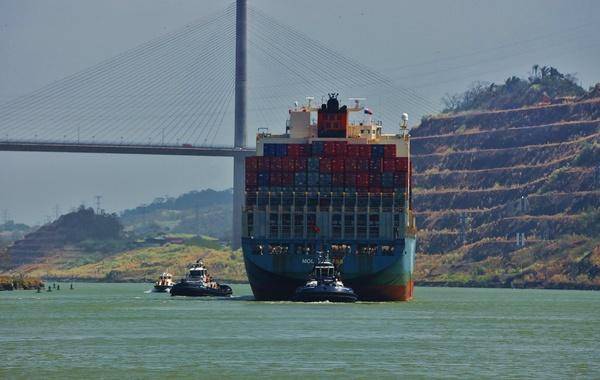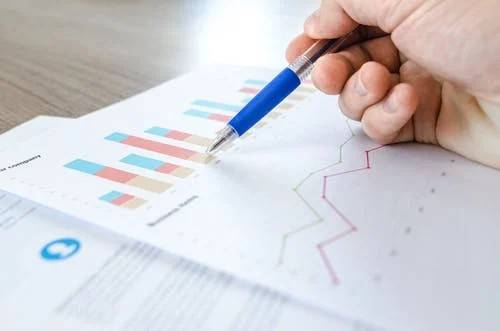Supply chain bottlenecks have been a big problem since the onset of the COVID-19 pandemic. Getting through and unloading all of the gridlocked ships at various ports hasn’t been easy. While it may be a bit more of an extreme example, these types of problems can happen along a supply chain, even when there isn’t an ongoing global crisis. Protecting your own supply chain is often crucial and requires some significant effort on your part. Here are a few easy steps to protecting your supply chain and optimizing it at the same time.
Model Unique Supply Chain Designs
The value and practicality of supply chain modeling is in its ability to help you forecast and adapt to different scenarios. It provides a flexible means of dealing with unexpected issues and figuring out how your company might perform under the strain of supply chain disruptions. It also helps as a way to gauge longitudinal effects of supply issues over time. Any good model will help you test your capability for ramping up or ramping down supplies slash inventory while also allowing you to realize opportunities for improvement. Furthermore, you can discover growth opportunities, test how your inventory will meet demand, and determine transportation/product costs all by using the same model. Ultimately, modeling your supply chain and using it as an analytical tool is extremely useful for adapting to any potential supply chain issues. You can use powerful computer modeling tools to do this and implement them into the overarching strategy for the company.
Embrace Adaptation
Adaptation is the key to success in many aspects of supply chain management. Being able to adapt and respond to changes in regulations, changes in pricing, fuel increases, third party risk, and other problems can be quite beneficial to a company. Quick responses make customers happy and reduce issues while allowing your business to continue full operations. Continuously designing and redesigning your supply chain (or even using twin models you can manipulate and A/B test) is a powerful adaptive approach. Lowering and reducing costs is also vital, but creating more value for your customers and adapting to the changing nature of our world is even more important. Embracing rather than pushing away adaptation and evolution is almost essential to remain competitive and thrive.
Reinforce Resiliency With AI And Machine Learning
A resilient supply chain is a successful one. Through the incorporation of artificial intelligence and machine learning into the various programs that drive supply chain disruption models and analytics. Artificial intelligence is useful in the testing phase of these models. AI is ideal for both supply and demand modeling because it can help you look at previous data and generate informed analyses that can guide future decisions. It can create a consistent, replicable process. Then, you can quickly access and utilize the data to make a robust future plan for handling the various aspects of sourcing, procurement, transportation, and every other step along the way.
Go Digital
Digitizing your supply chain allows you to start with a single point of reference and expand from there into several different directions. You can pinpoint a strategy, understand customer demand, and focus on sustainability/cost production efforts throughout the company. The digital version of your supply chain also acts as a reference point that enables you to use analytical tools to assess and understand any data that comes your way. This is valuable when planning inventory, sourcing your parts etc. from people like this aerospace solutions provider (or whatever industry you are in) transportation, budgeting, and more.
Analyze Different Scenarios
A significant part of ensuring successful operations is understanding and modeling what can possibly go wrong throughout your supply chain. The value of a comprehensive analysis is in its ability to allow you to plan for any potential negative impacts or unexpected events that may disrupt your supply chain. It also helps you prepare for the future. Whether it’s meeting customer demand, understanding segmentation in the market, building an inventory strategy, or deciphering cost-to-serve data for your business, analysis is sometimes your best friend when it comes to protecting and enhancing your entire supply chain.

Founder Dinis Guarda
IntelligentHQ Your New Business Network.
IntelligentHQ is a Business network and an expert source for finance, capital markets and intelligence for thousands of global business professionals, startups, and companies.
We exist at the point of intersection between technology, social media, finance and innovation.
IntelligentHQ leverages innovation and scale of social digital technology, analytics, news, and distribution to create an unparalleled, full digital medium and social business networks spectrum.
IntelligentHQ is working hard, to become a trusted, and indispensable source of business news and analytics, within financial services and its associated supply chains and ecosystems






























